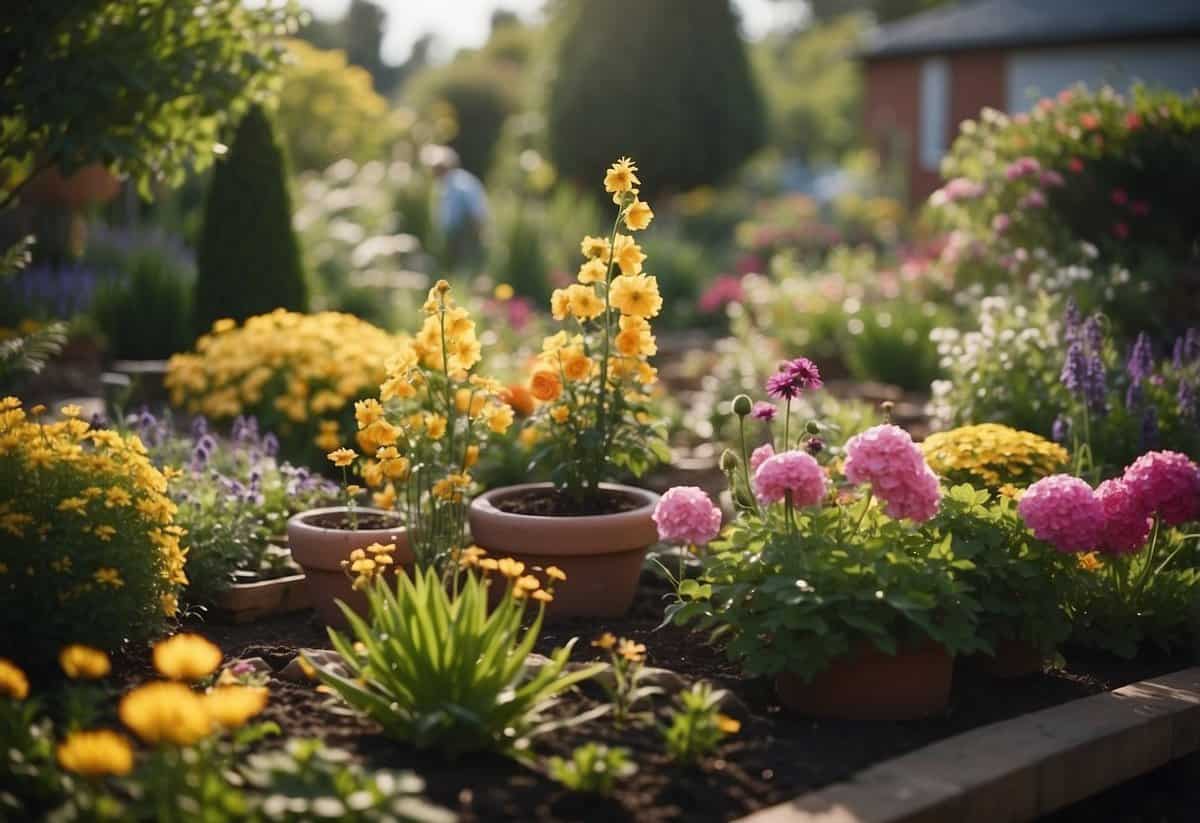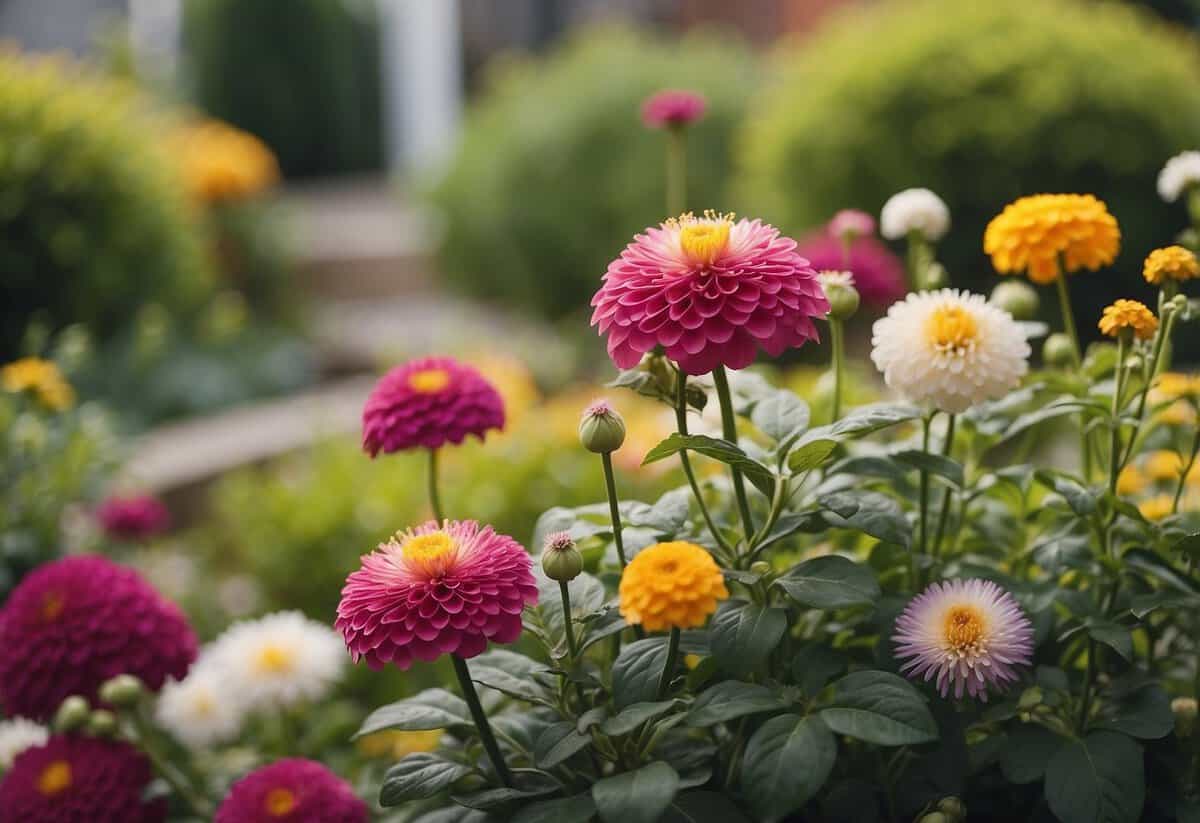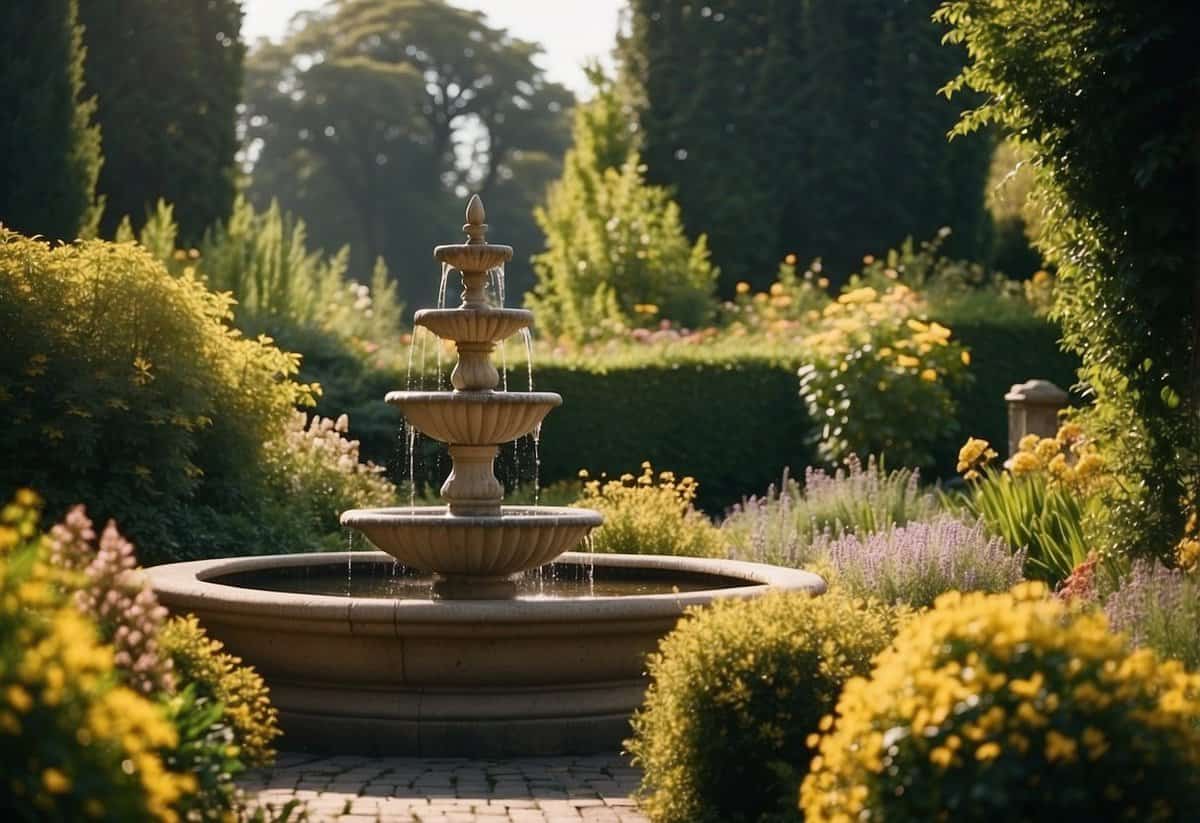Is Gardening a Creative Skill? Exploring the Joy and Art of Cultivation
Have you ever thought about gardening as a creative skill? Many people see gardening as just a way to grow plants or produce food, but it is much more than that. Gardening lets you express your inner artist by designing with nature’s palette of colors and shapes. This creativity flows naturally as you plan layouts, choose plants, and watch your vision come to life.

Gardening isn’t just about digging in the dirt; it’s about crafting a vibrant space that reflects your personality. For example, incorporating new plants can challenge your skills and boost your confidence, turning your garden into a dynamic canvas. When you nurture your plants, you are not only helping them grow but also fostering your own creativity and self-esteem.
Beyond individual expression, gardening can bring communities together. Shared garden projects encourage collaboration and skill development, which can reduce stress and build connections. In this way, gardening transforms from a solitary hobby into a communal celebration of creativity and growth.
The Essence of Gardening as a Creative Skill

Gardening is more than just planting seeds and watering them. It allows you to showcase your unique personality and creativity in various ways.
Gardening and Self-Expression
When you garden, you can express yourself through the selection of plants, the arrangement of flowers, and even the overall design of your garden. Just as a painter chooses colors and a sculptor shapes clay, you shape your garden to reflect your personality. The choices you make in your garden can mirror your tastes, feelings, and inspirations.
Using different plants and flowers allows you to create a living canvas. You can mix bold colors with soft hues or create patterns and shapes that are visually appealing. Garden decorations like statues and fountains also add a personal touch.
Gardening is also a form of self-expression because of the care and nurturing involved. Watching your plants grow and thrive is a reflection of your dedication and love for nature.
Gardening and Other Creative Arts
Gardening can inspire and connect with other creative arts like painting, sculpting, photography, music, and pottery. For example, you might be inspired to paint a scene from your garden or sculpt a piece that reflects the natural beauty you see every day. Many artists find their muse in nature, drawing inspiration from the vibrant colors and interesting textures found in gardens.
Photographers often capture stunning images of flowers, plants, and garden landscapes. Each photograph can reveal the intricate beauty of a simple leaf or a blooming flower. If you enjoy playing music, your garden can become a peaceful place where you find your rhythm and create new melodies.
Additionally, gardening can influence pottery, as you might create pots and ornaments that enhance the natural appeal of your garden. The act of gardening and engaging in other creative arts feeds your soul and provides a holistic approach to creativity.
The Psychological Benefits of Gardening

Gardening offers numerous psychological benefits that significantly impact your mental health and well-being by promoting relaxation and happiness.
Boosting Mental Health Through Gardening
Working in the garden can improve your mood and reduce symptoms of depression and anxiety. Being surrounded by nature and engaging in physical activity boosts your mental health. You gain a sense of accomplishment and self-esteem when you see the plants you care for thrive.
Gardening also provides:
- Therapeutic Effects: Digging, planting, and weeding can serve as a meditation practice.
- Social Interaction: Gardening in community spaces can enhance social connections.
- Heart Health: Physical activity in gardening helps maintain a healthy heart.
Taking care of plants gives you a purpose and something to look forward to every day.
Gardening for Stress Relief and Joy
Gardening can help reduce stress and bring joy to your daily life. The act of gardening lowers cortisol levels, the primary stress hormone. When you touch the soil, friendly microbes may trigger the release of serotonin, a hormone that stabilizes your mood.
Key benefits include:
- Stress Relief: Spending time with nature calms your mind.
- Joy: Harvesting your own produce brings a sense of fulfillment.
- Physical Strength: Gardening involves lifting, digging, and other physical tasks that keep you active.
Gardening not only brings peace of mind but also enhances your overall well-being by connecting you with nature. The fresh air and regular physical activity make you feel happier and healthier.
Practical Aspects of Creative Gardening

Gardening involves learning and problem-solving, which help you grow as a gardener. The tools and techniques you use also play a vital role in making your garden successful and unique.
Learning and Problem-Solving in Gardening
When you garden creatively, you constantly learn and solve problems. You’ll experiment with different plants to see which ones thrive in your specific conditions.
You might face challenges like pests or poor soil. Each challenge teaches you something new and sharpens your problem-solving skills. For instance, if you notice your plants are wilting, you might learn about soil pH levels or proper watering techniques.
Organic gardening adds another layer of creativity. Using natural pest control methods or composting requires research and experimentation. By handling these tasks, you improve your garden and also make it eco-friendly.
The Role of Tools and Techniques
Using the right tools and techniques is critical for a creative garden. Basic tools like spades, trowels, and pruners are essential, but more specific tools can help make your garden special.
For instance, if you want to create detailed garden designs, you might use landscape design software. Drip irrigation systems can save you time and resources by watering plants efficiently.
In terms of techniques, raised beds and container gardening allow you to grow plants in small or difficult spaces. Companion planting, where certain plants are grown together to benefit each other, is another creative method that can enhance your garden’s productivity and health.
By combining various tools and techniques, you can make gardening more efficient and enjoyable, allowing your creative ideas to flourish.
The Artistic Dimensions of Garden Design

Creating a beautiful garden combines art and nature. Your garden reflects your imagination, choice of plants, and seasonal changes. It’s about weaving textures, colors, and shapes to make a living masterpiece.
Crafting Aesthetics: From Textures to Landscapes
When designing your garden, the choice of textures plays a vital role. You can mix rough tree bark with smooth flower petals. Ornamental grasses add a delicate touch, while stone paths introduce contrast.
Consider the overall landscape. Trees provide shade and structure. Place taller plants in the back and smaller ones in the front to create depth. Use a mix of flowers and greenery to enhance beauty and variety.
Experimenting with different elements helps you achieve harmony. Repetition of certain plants or colors can create rhythm. Seasonal plants and flowers keep your garden interesting year-round.
The Cycle of Growth and Transformation
Gardening is a journey of growth and transformation. It involves planting seeds, nurturing them, and watching them flourish. Each season brings a new phase of beauty.
Spring is the time for planting and new growth. Summer brings vibrant blooms and lush foliage. In autumn, enjoy the changing colors and prepare for harvesting. Winter may seem quiet, but it’s a period for planning and reflection.
The life cycle of your garden mirrors transformation. Trees grow taller, flowers bloom and fade, and new plants emerge. Understanding and appreciating these cycles can help you create a garden that evolves clearly and purposefully.







